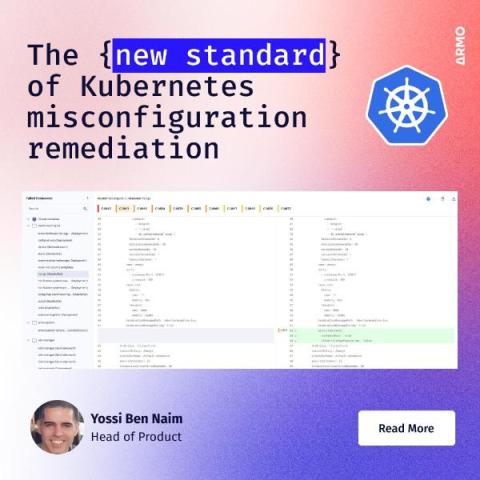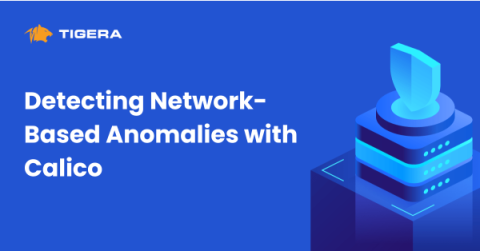Container Security Essentials: Vulnerability Scanning and Change Detection Explained
Containers offer a streamlined application deployment and management approach. Thanks to their efficiency and portability, platforms like Docker and Kubernetes have become household names in the tech industry. However, a misconception lurks in the shadows as containers gain popularity - the belief that active vulnerability scanning becomes redundant once containers are implemented.











